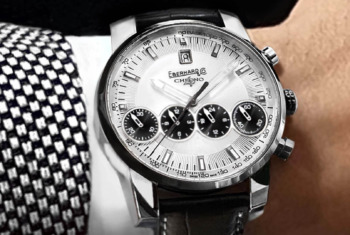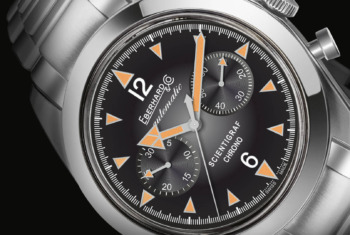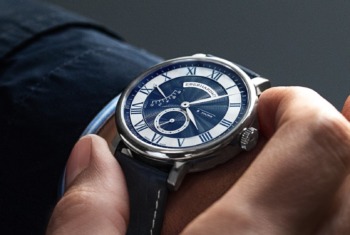Askania’s tribute to the first transatlantic flight from East to West: The Bremen Collection
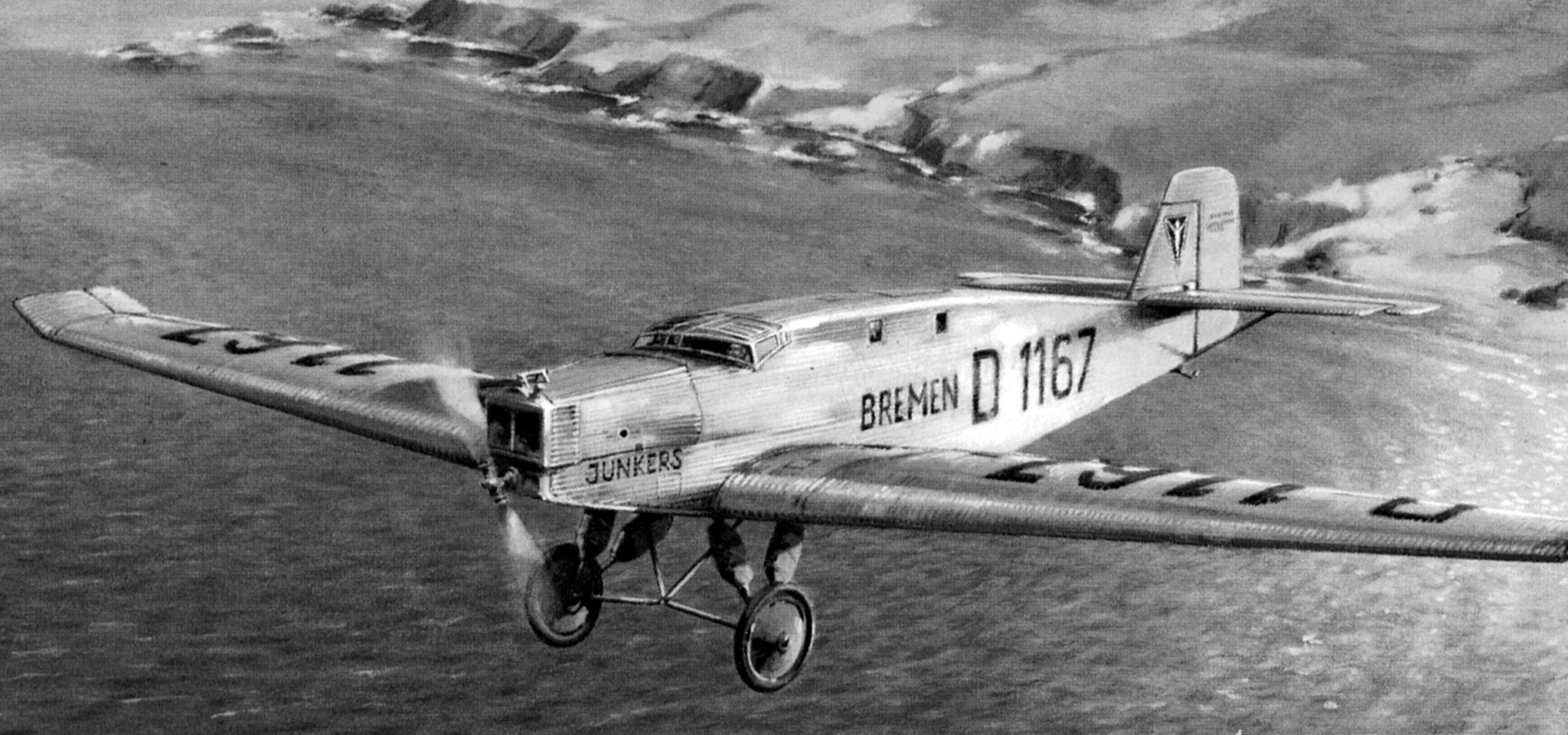

The 1920s were filled with technical records, especially in the field of aviation. The German aviation pioneer Ehrenfried Günther Freiherr von Hünefeld, who as press officer of Norddeutsche Lloyd at the time was actually committed to seafaring, played an important part in this.
Von Hünefeld had the idea for a foolhardy suicide mission that would take him in a plane from Ireland to America – without a stopover. The destination: New York on the East coast of the USA. From there, Charles Lindbergh already succeeded in crossing the Atlantic when he flew all by himself from the Big Apple to Paris in 1927.
The flight, which had previously cost 29 people their lives in similar endeavors, was considered a hopeless venture. The strong westerly winds and the long distance were simply too much for the aircrafts of their time.
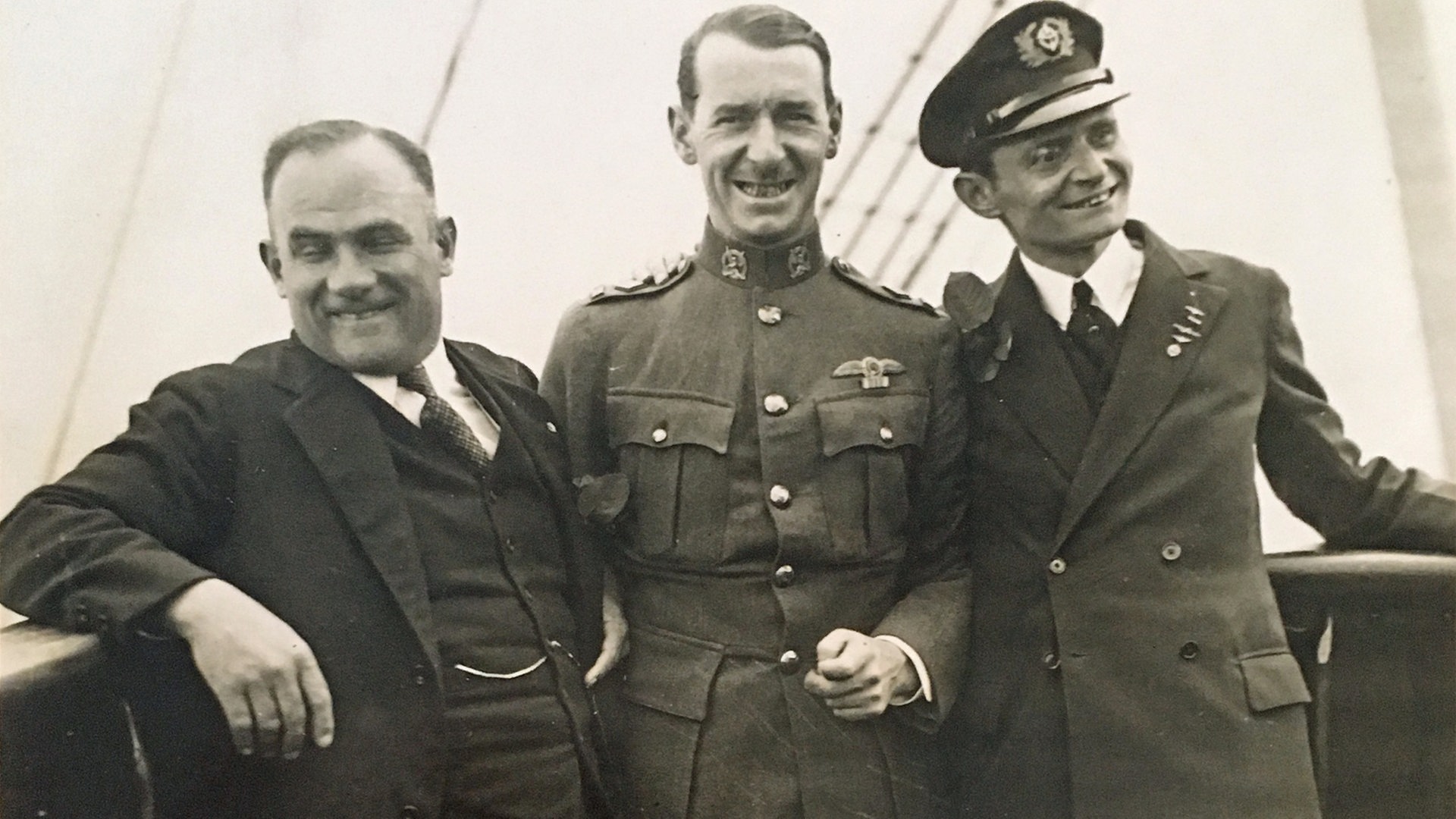
When a man from Bremen wrote aviation history
Undeterred by this, on the morning of April 12 1928, the Junkers W33 (aka “Bremen”) set off from the Irish Baldonnel for its greatest and most daring adventure yet. On board was of course the initiator von Hünefeld himself, together with the two pilots Hermann Köhl and James Fitzmaurice.
After 36.5 agonizing hours in the cockpit, the single-engine machine landed on the other side of the lake, more precisely on the Canadian island of Greenly Island, with the last drop of fuel in its tank. Although New York was missed due to bad weather fronts and rudimentary navigation with map and compass, the three men had written history and made the impossible possible: the first non-stop transatlantic flight from Europe to America.
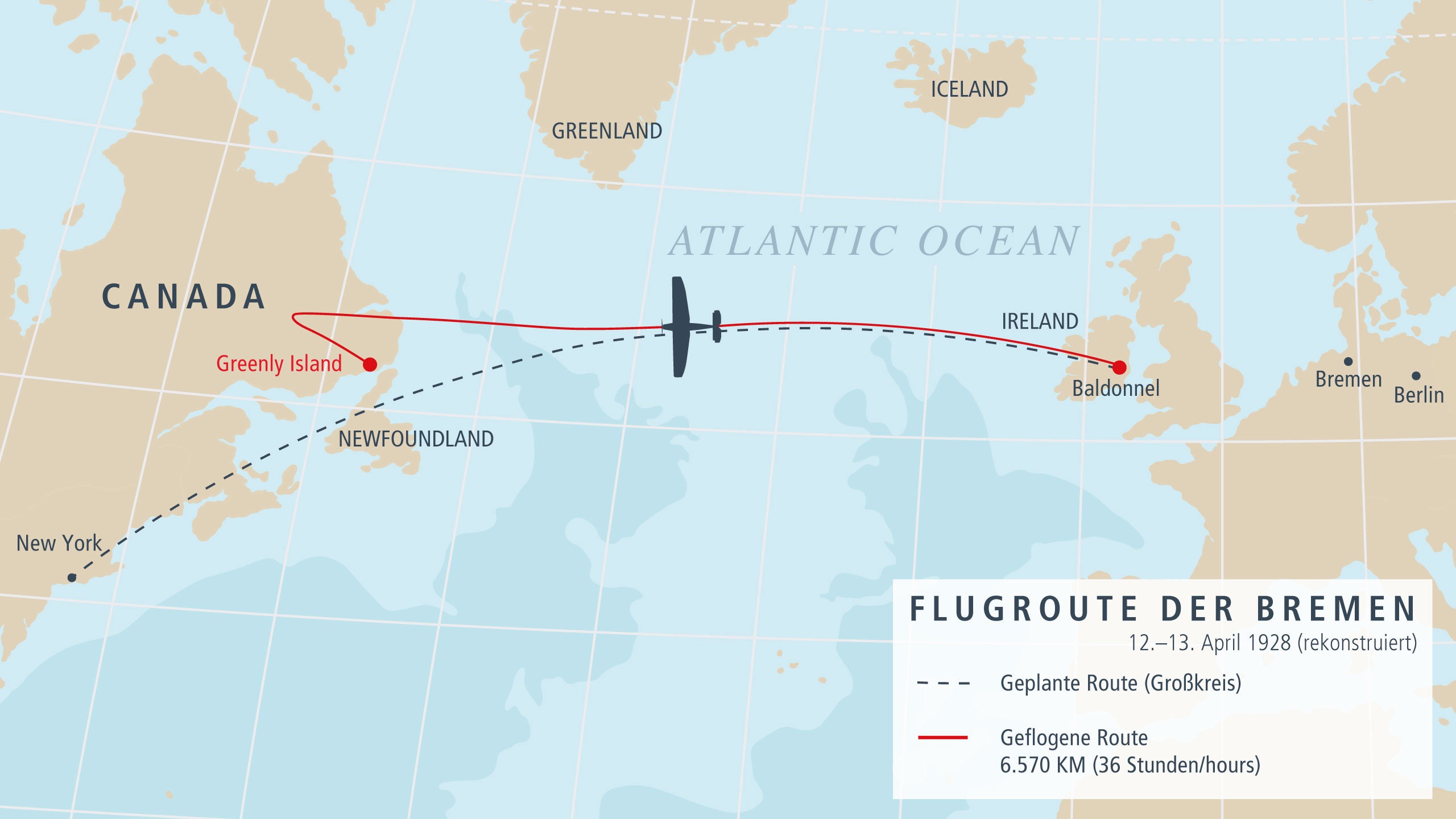
© Due. Designkonzepte und Fotografie
Askania’s Bremen collection: Pilot watch through and through
We already showed how much Askania is connected to aviation in our review of the Taifun collection, which pays homage to the great Elly Beinhorn. With the watches of the Bremen-Line, Askania dedicates another collection to the daring trio of Köhl, Fitzmaurice and von Hünefeld and their hellish ride across the Atlantic. The name is chosen to commemorate the nickname of the Junkers W33.
The models are all – what else – genuine pilot’s watches. Depending on personal taste, the watches in the collection have different degrees of complication. The most straightforward ones are surely the three-hand watches with automatic movement, optionally with a date window or date and day display. One step more sophisticated are the various chronographs, which rely on a modified Valjoux 7750.
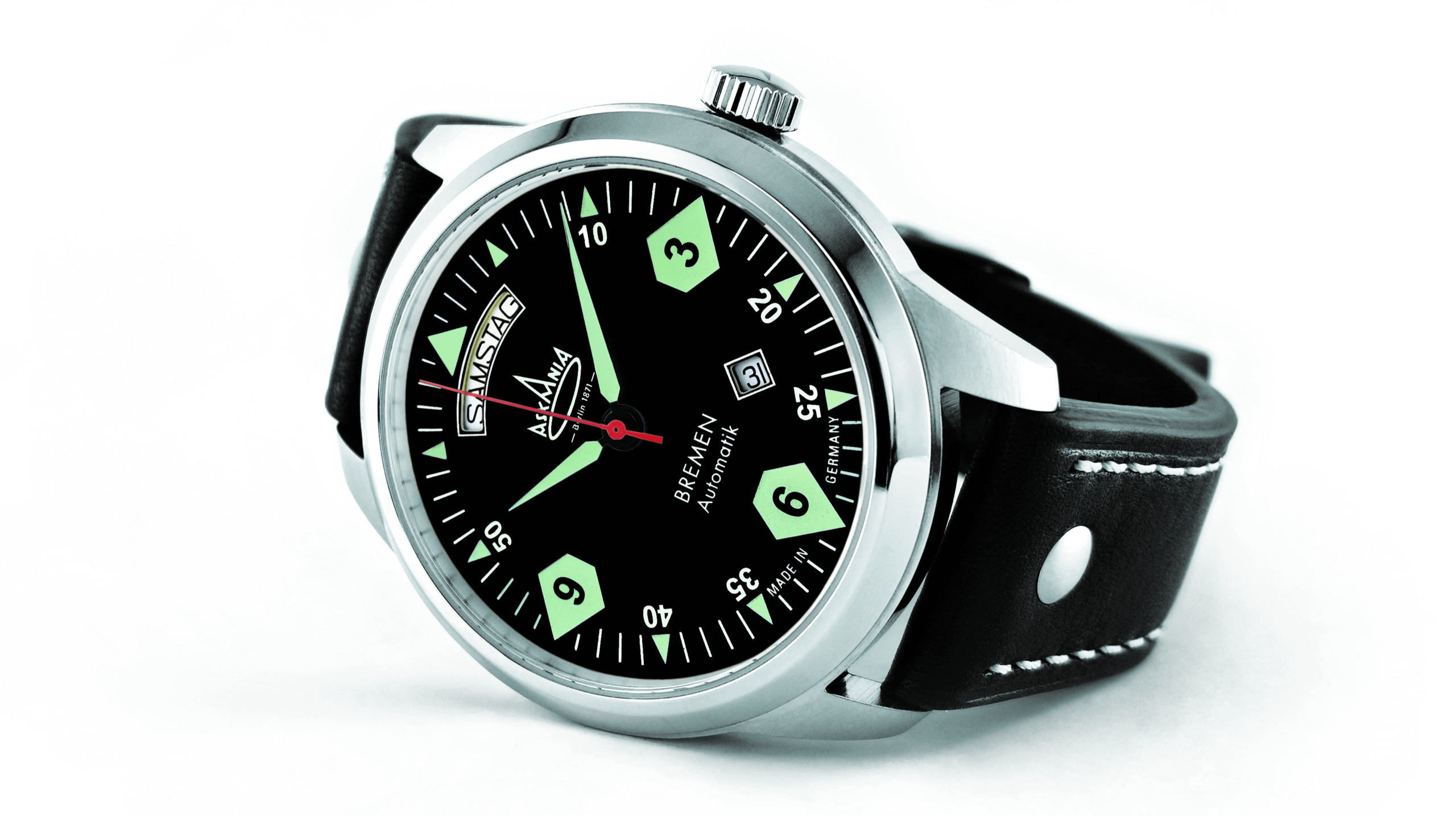
If you are a sucker for divers’ chronographs, the BRE-4005 might be your go-to choice of the lineup. The watch features the characteristic Bremen dial (more on this in a moment) and moreover a blackened, unidirectional diver’s bezel. The helium escape valve puts the finishing touch to the watch.
What all of the watches have in common at the end of the day is their dial design. It is based on the original compass (which you saw at the beginning of the article) that the three pilots of the Bremen had on board and which guided them safely to America. So if you are looking for a pilot’s watch with a rich history, you will find it in Askania’s Bremen line.
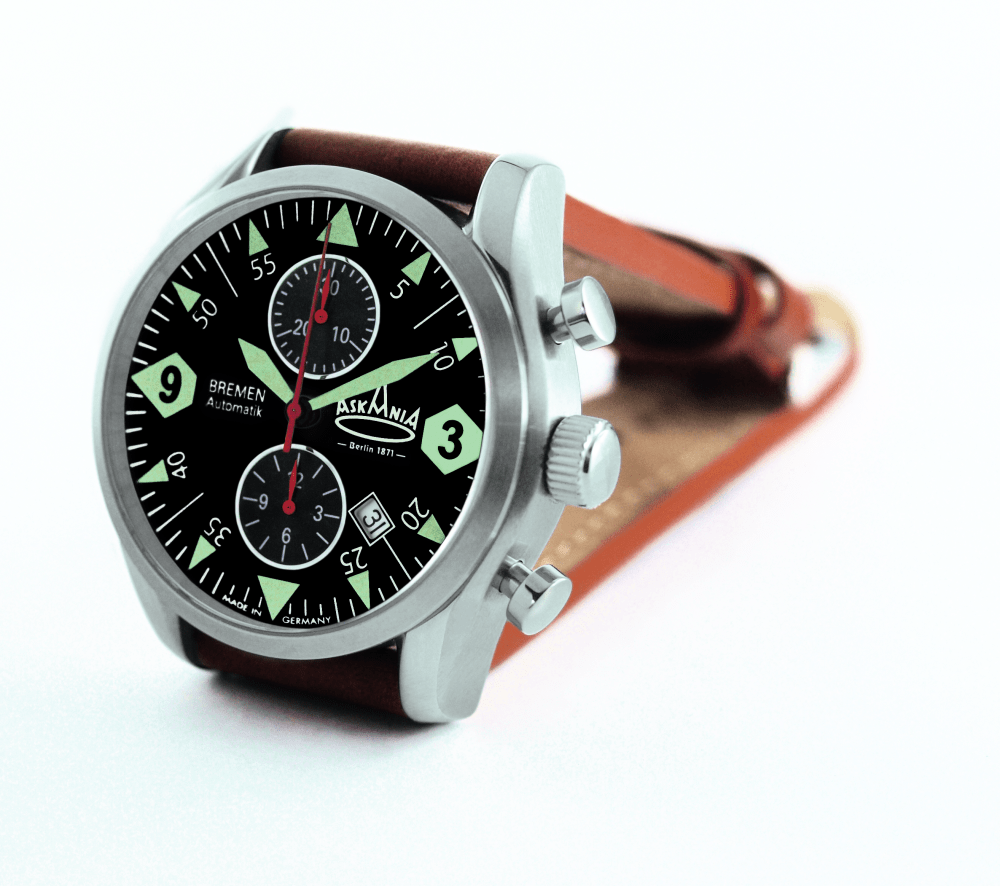
For more info, click here.




